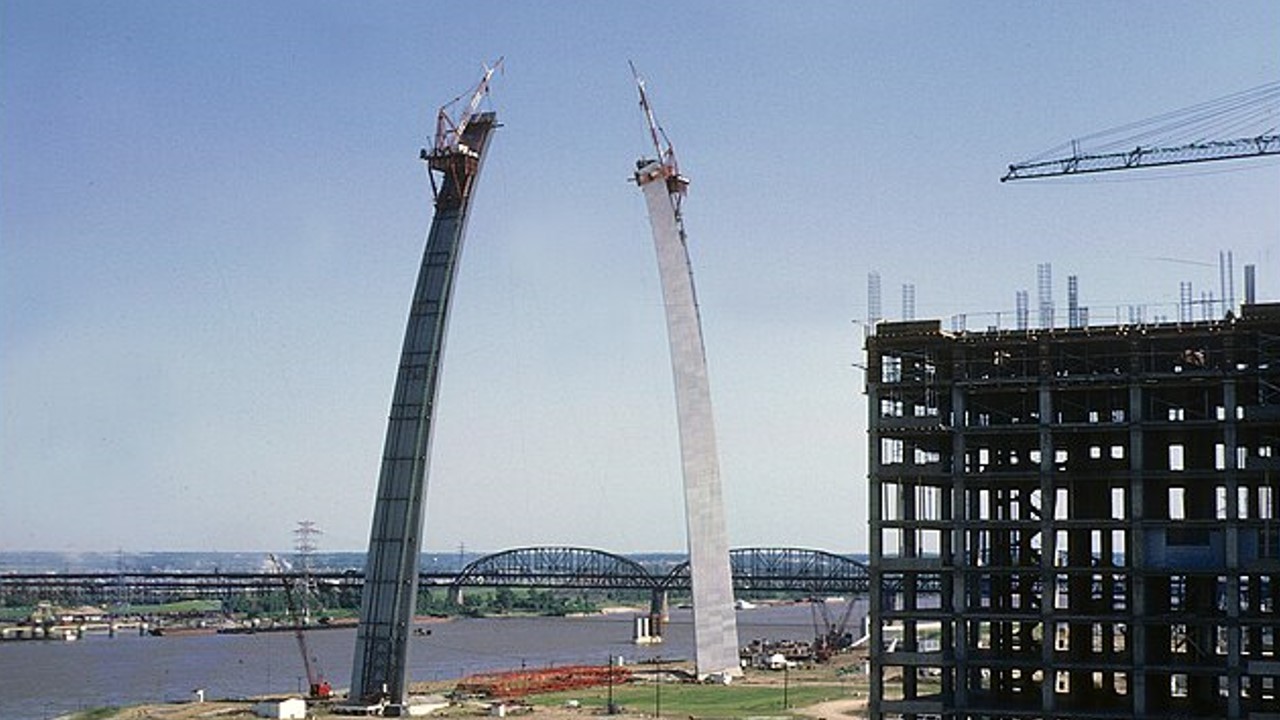“Nostalgia is a file that removes the rough edges from the good old days.” — Doug Larson
It’s hard to imagine the New York skyline without the Statue of Liberty. The Paris skyline without the Eiffel Tower. The San Francisco skyline without the Golden Gate Bridge. The Saint Louis skyline without the Gateway Arch. But before October 28, 1886, no completed Statue of Liberty adorned the New York skyline. Before March 31, 1889, no completed Eiffel Tower embellished the Paris skyline. Before April 19, 1937, no completed Golden Gate Bridge spanned the strait connecting San Francisco Bay to the Pacific Ocean. And before October 28, 1965, there was no completed Gateway Arch to enhance the St. Louis skyline.
They all beat the actuarial predictions for work-related fatalities. There were no work-related fatalities in France when the Statue of Liberty was first constructed and none when it was reassembled in New York. There was one work-related fatality during the construction of the Eiffel Tower. And there were no work-related fatalities associated with the construction of the Gateway Arch.
Of these four, the Golden Gate Bridge had the worst record: 11 workers died while building the bridge, but another 19 were saved by safety nets when they fell, becoming the only members of the very exclusive “Halfway to Hell Club.”
All these projects pre-dated the creation of OSHA or the regulatory requirements that all modern nations have for fall protection when working at elevation. As wondrous as these engineering marvels are, there is no reason to be nostalgic for workplace safety as it was “back in the good old days.” Their safety records were exceptions to expectations of the time.
Expectations of the Time
When the Gateway Arch was constructed in St. Louis, the actuaries advised the insurers to budget for 13 fatalities. They were planning on 13 fatalities! At a 95% confidence level, that could have been anywhere between 6.9 and 22.3. So, keeping it to zero fatalities was an astonishing accomplishment!
The twin towers of the World Trade Center in New York were finished six years later. That project had 60 work-related fatalities. That was much more in keeping with the expectations of the time, a time that is thankfully past.
Expectations of Today
The Bureau of Labor Statistics (BLS) reported for the year 2020 that the fatality rate in the construction industry was 10.2 fatalities per 100,000 full time equivalents (FTEs). The project to build the Gateway Arch lasted for 2.5 years and at its peak had no more than 100 workers on the project. Conservatively, the project used 250 FTEs, meaning that if the project were to be repeated today, the expected number of fatalities would be 0.026 for the entire project. In whole numbers, zero.
What was an extraordinary accomplishment in the early 1960’s would simply be the expectation today. That’s progress.
What About Manufacturing?
Construction is not the most hazardous industry, at least on a per employee basis. Transportation and warehousing are more dangerous (13.4 fatalities per 100,000 FTEs) and agriculture, forestry, fishing, and hunting are even more dangerous (21.5 fatalities per 100,000 FTEs).
Manufacturing, on the other hand, is much less dangerous (2.3 fatalities per 100,000 FTEs). That fatality rate is lower than the overall fatality rate for U.S. workplaces, which was 3.4 fatalities per 100,000 FTEs in 2020. A fatality rate of 2.3 fatalities per 100,000 FTEs in manufacturing, which includes the Chemical Process Industries, means that an employer with a workforce of 2,000 employees can expect about one fatality every two decades.
It should be no wonder that OSHA treats each work-related fatality as an unacceptable tragedy.
No Going Back
While sending someone up to work at elevation without a harness or other fall protection was accepted in the 1960s and before, it is simply not acceptable now. For every project from that era that was completed without serious injury or fatality, there were hundreds more that finished with tragedies as part of their legacy. We know better now and should not let nostalgia for the past cloud our vision for the future. There can be no going back. Our workplaces are safer now than they have ever been, but in the future, people will look back at some of what we do today with the same horror with which we look at a worker washing down the top of the Gateway Arch with no fall protection. Regardless, we need to keep moving forward. The good old days will never be as good as what we can do in the future.

Great article Mike!